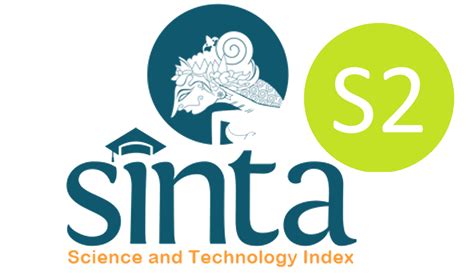Jurnal Pendidikan Geografi: Kajian, Teori, dan Praktek dalam Bidang Pendidikan dan Ilmu Geografi
Abstract
The Philippines is the 3rd most disaster-prone country globally. While the Aurora, one of its provinces facing the Pacific, is included in 27 identified high-risk provinces in the Philippines. Due to its high disaster risk, the community and the local government craft different policies and innovations to ensure the local population's safety. This development research study harnesses the potential of ICT in providing solutions for the community. The researcher develops an ICT solution that empowers the LGU and the community, thus helping them in formulating decisions and responses. The chaos and panic caused by disasters demand quick solutions as time plays a critical role in these situations. Substantially, Information and Communication Technology appear. Through this research innovation, data sets were hyper-localized with the community in Barangay levels as the main information providers. Disaster maps and the DRR (Disaster Risk Reduction) tools were personalized based on the data supplied by the community. The study primarily targeted extending this technology to the LGU. LGUs, being the first responders, are the ones responsible for community development, play a key role in achieving society's resilience to disasters, and ensure the resilience of the municipalities under their jurisdiction. The findings of this study can be a reference for the other studies of Geography concerning increasing community resilience.
Recommended Citation
Macose, Von Gerald D
(2024)
"Building a resilient community with an ICT-Powered Local Government Unit (LGU): Community-based disaster solution,"
Jurnal Pendidikan Geografi: Kajian, Teori, dan Praktek dalam Bidang Pendidikan dan Ilmu Geografi: Vol. 27:
No.
2, Article 9.
DOI: https://doi.org/10.17977/um017v27i22022p219-227
Available at:
https://citeus.um.ac.id/jpg/vol27/iss2/9




